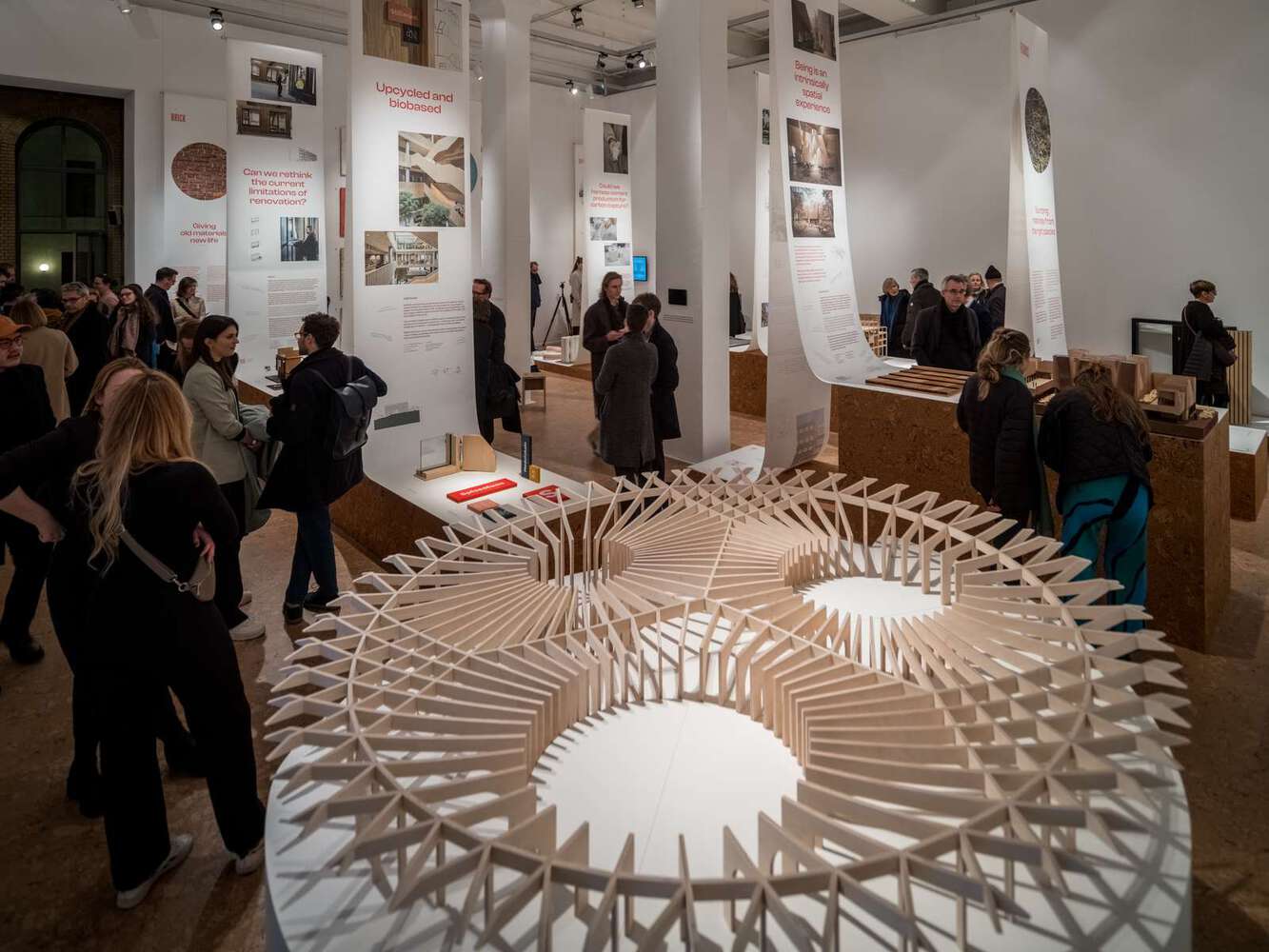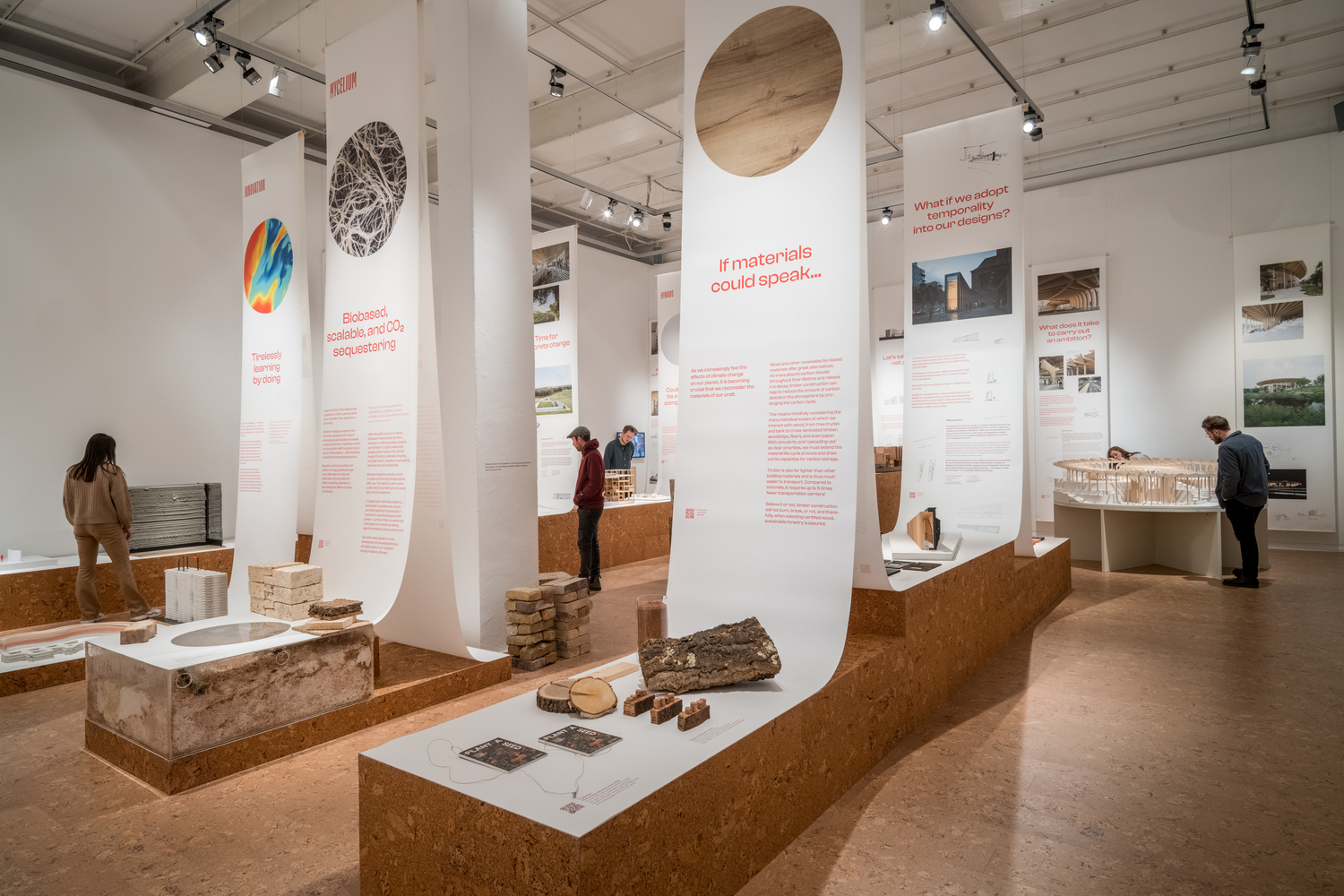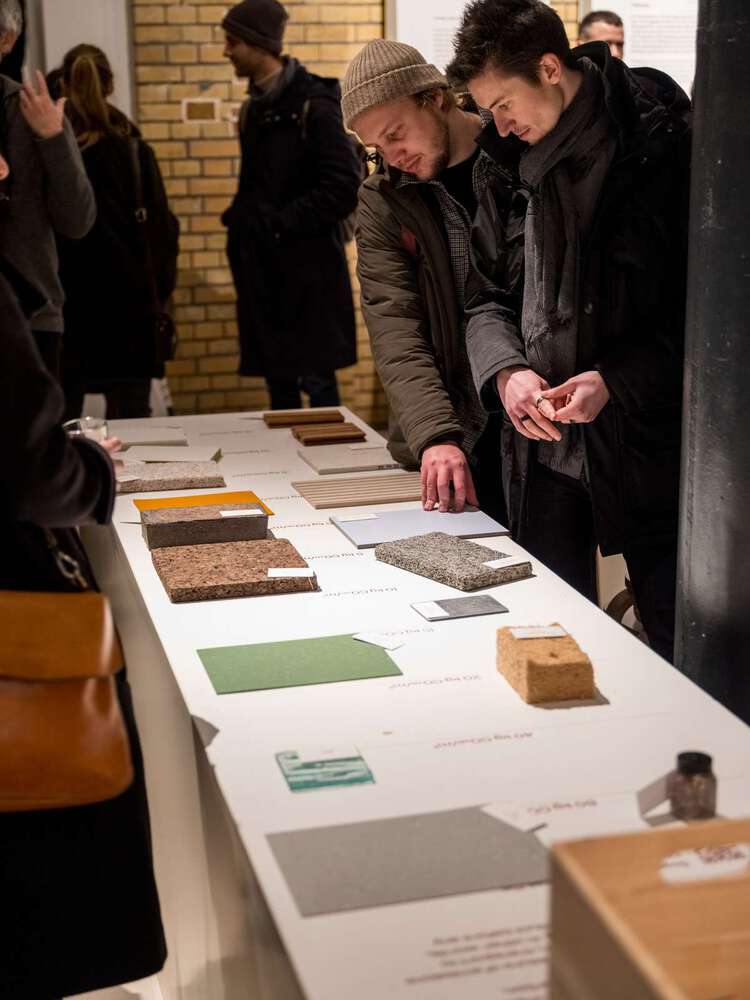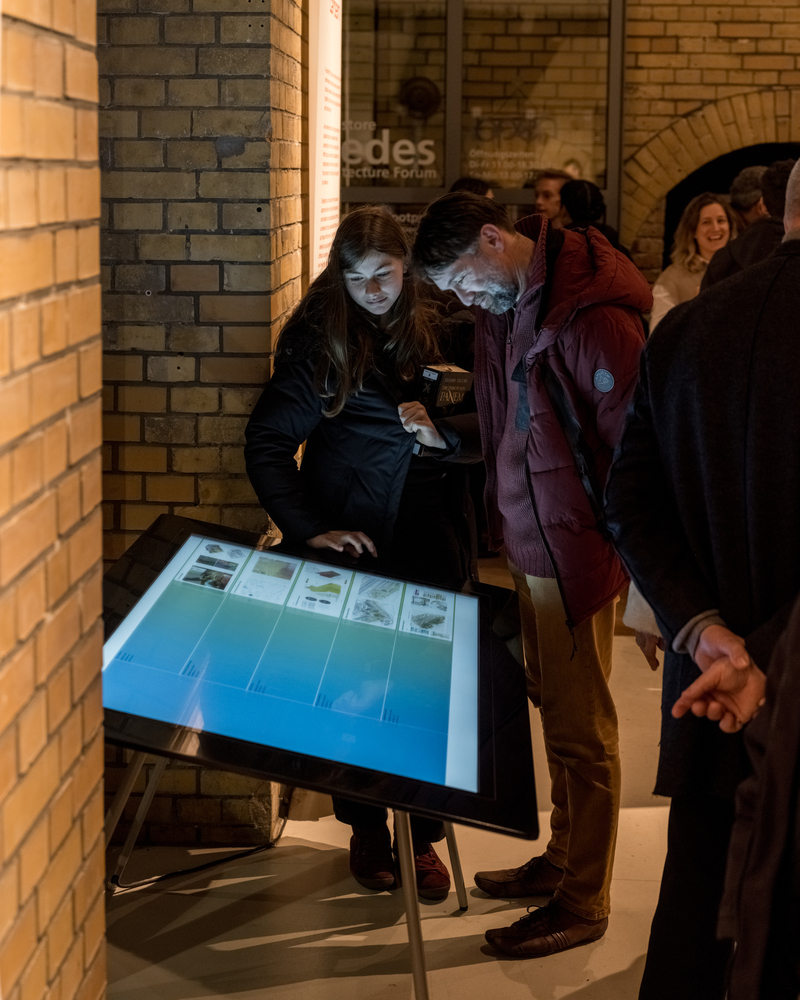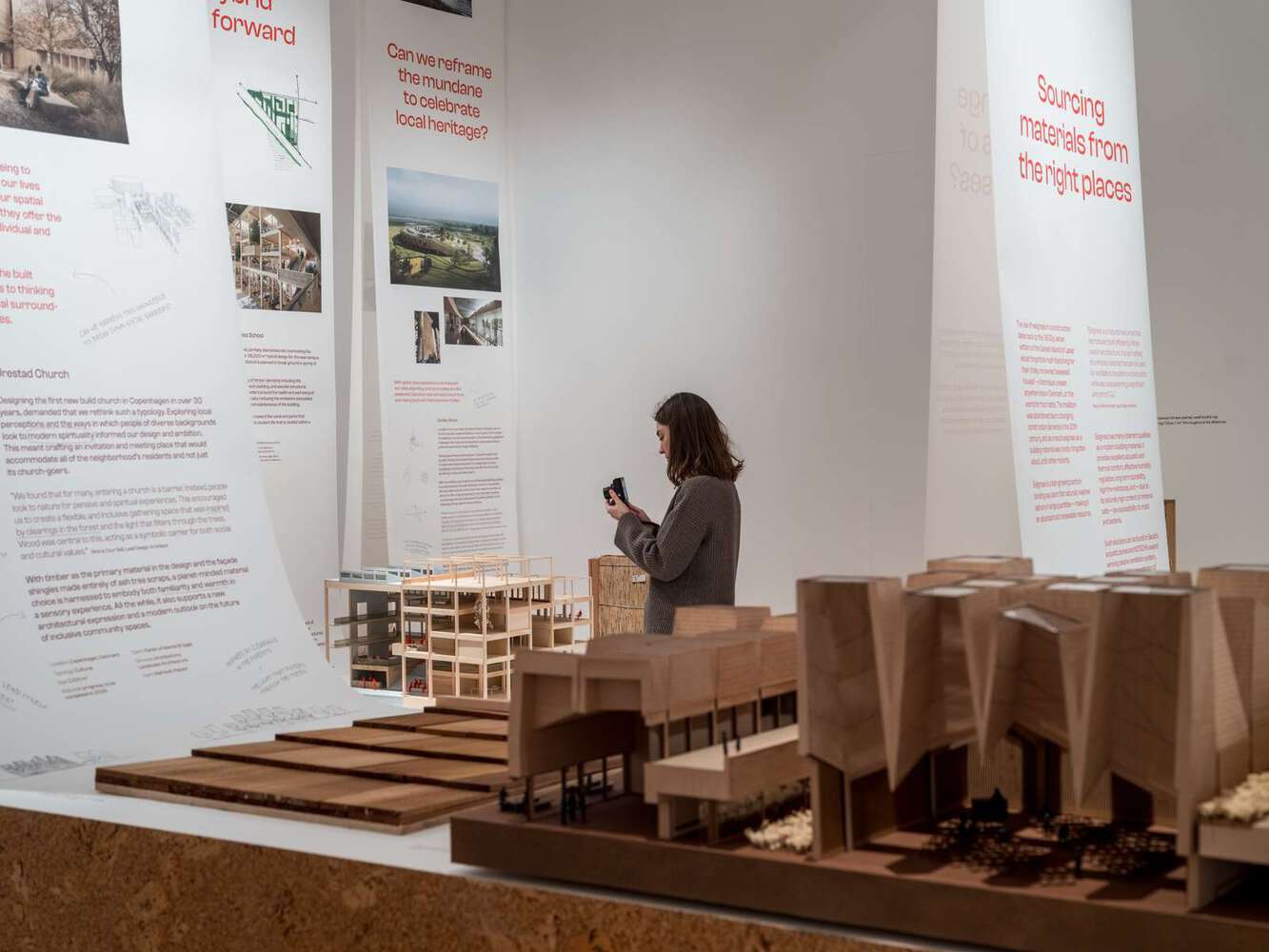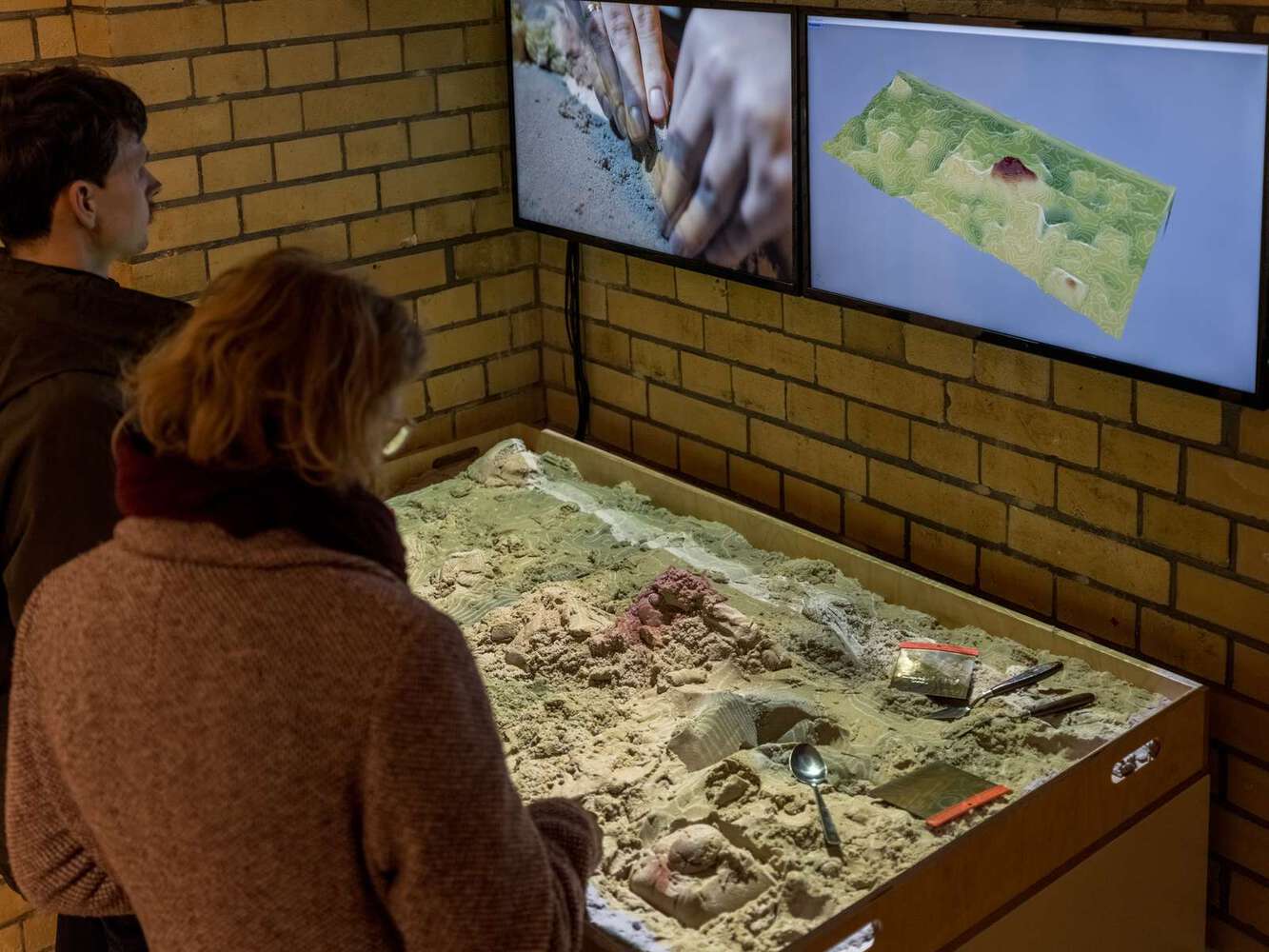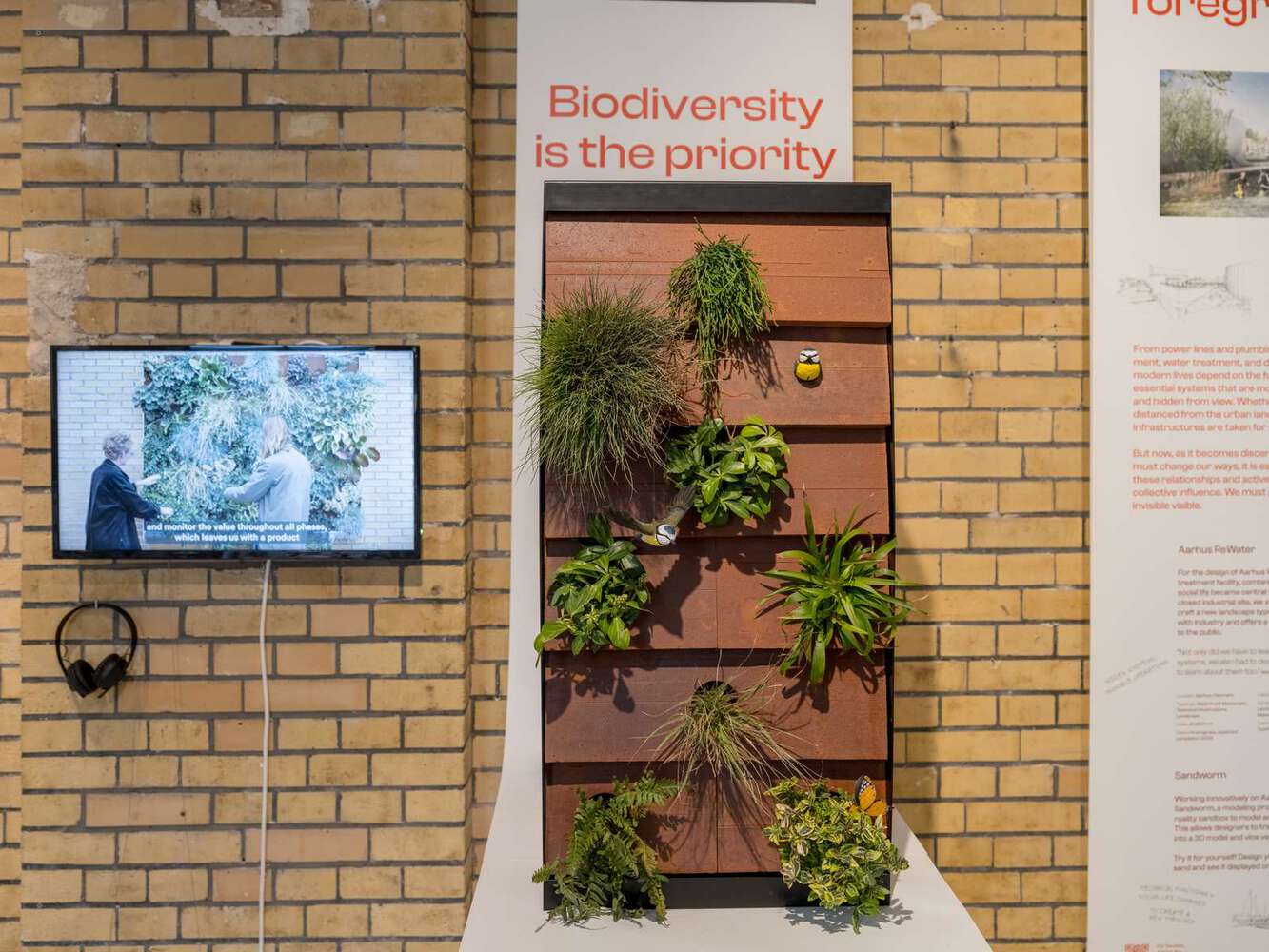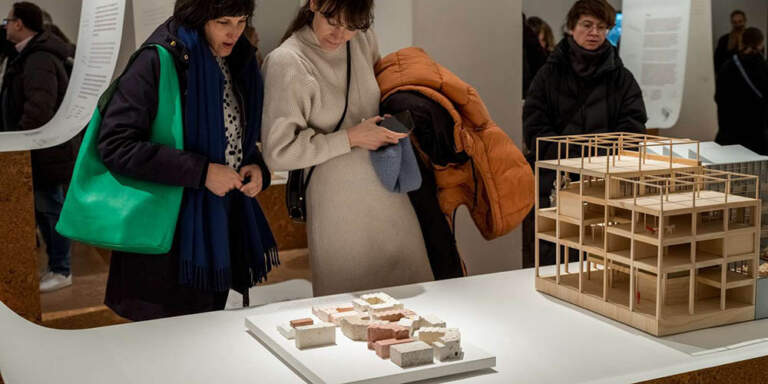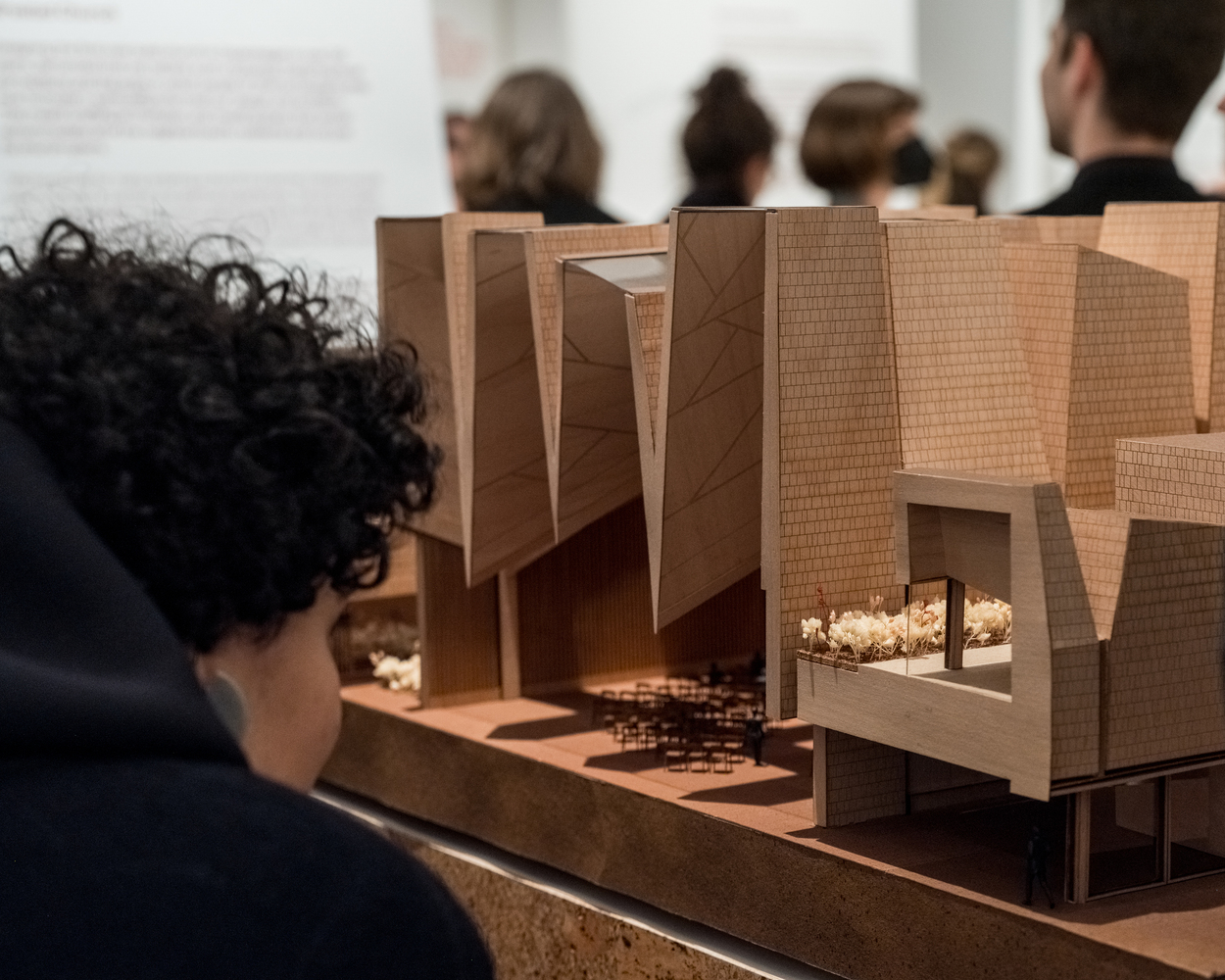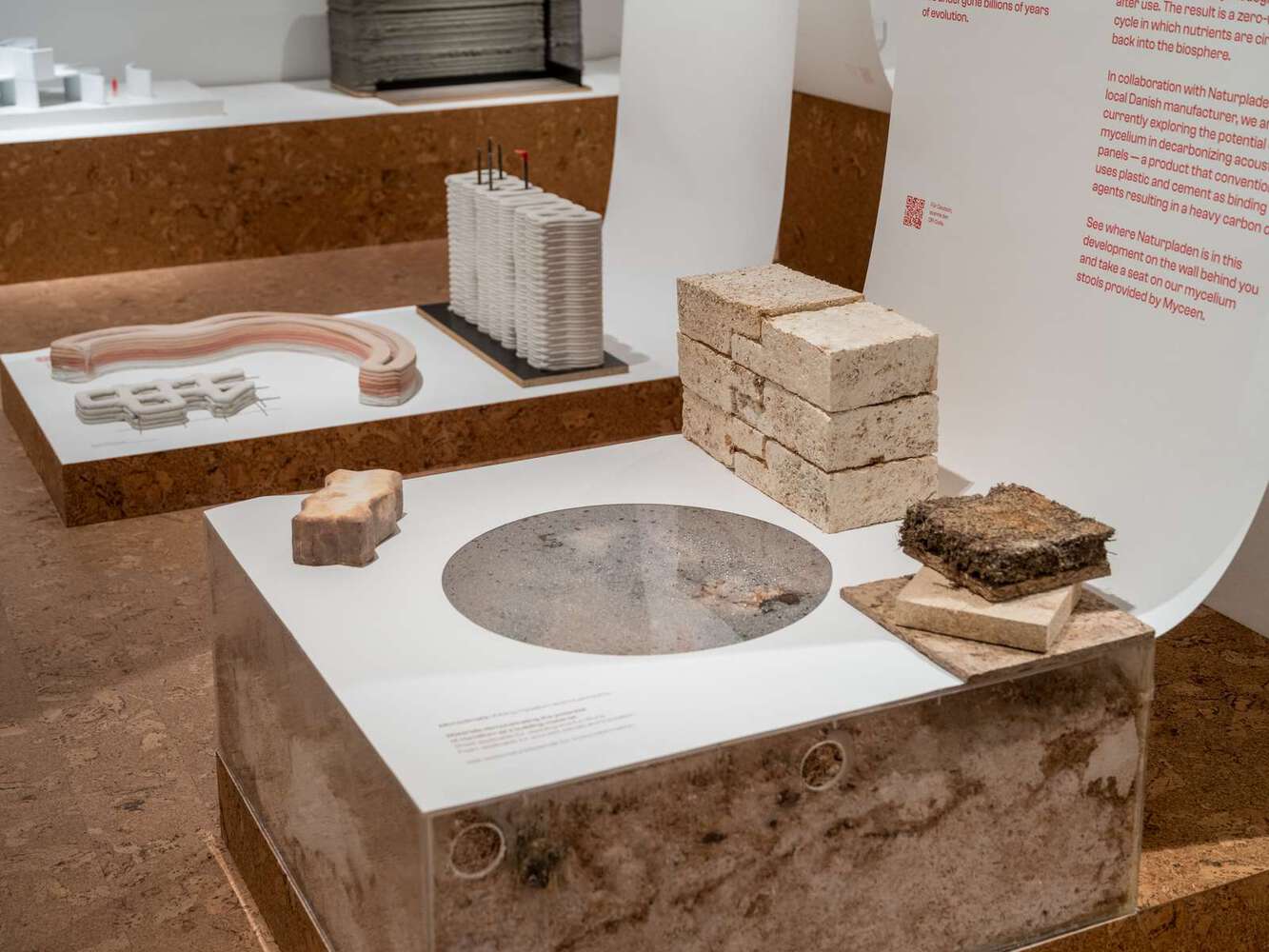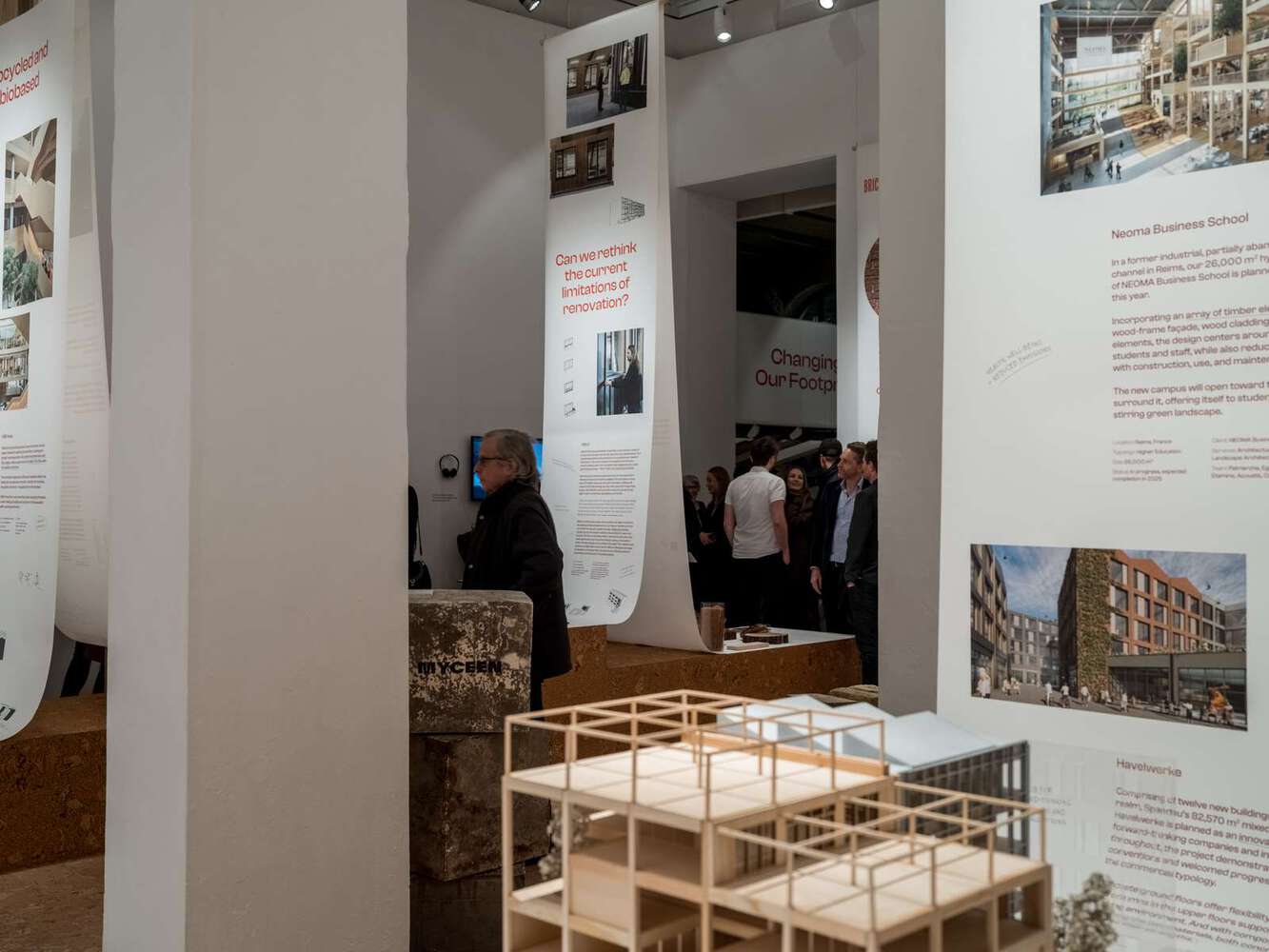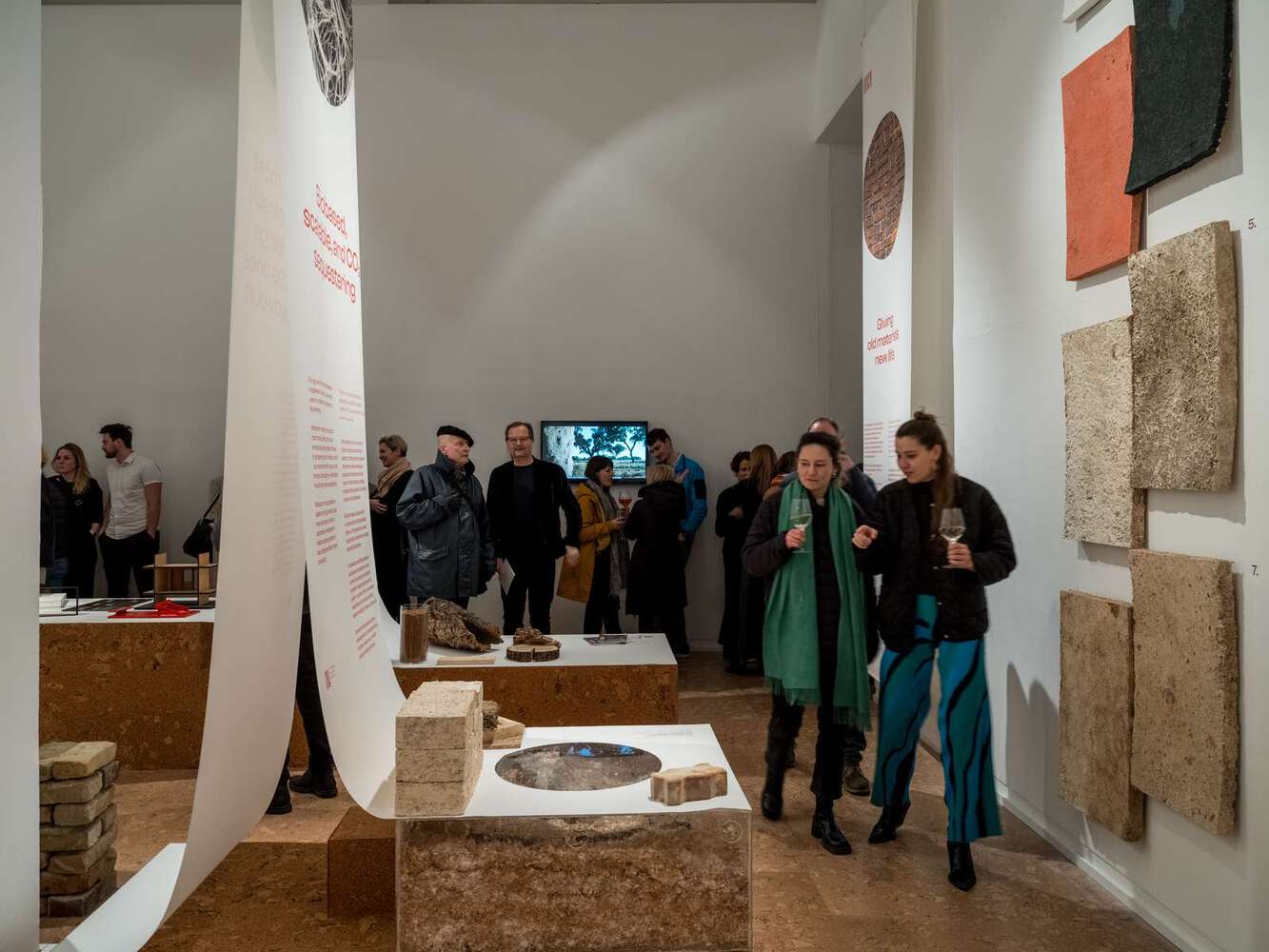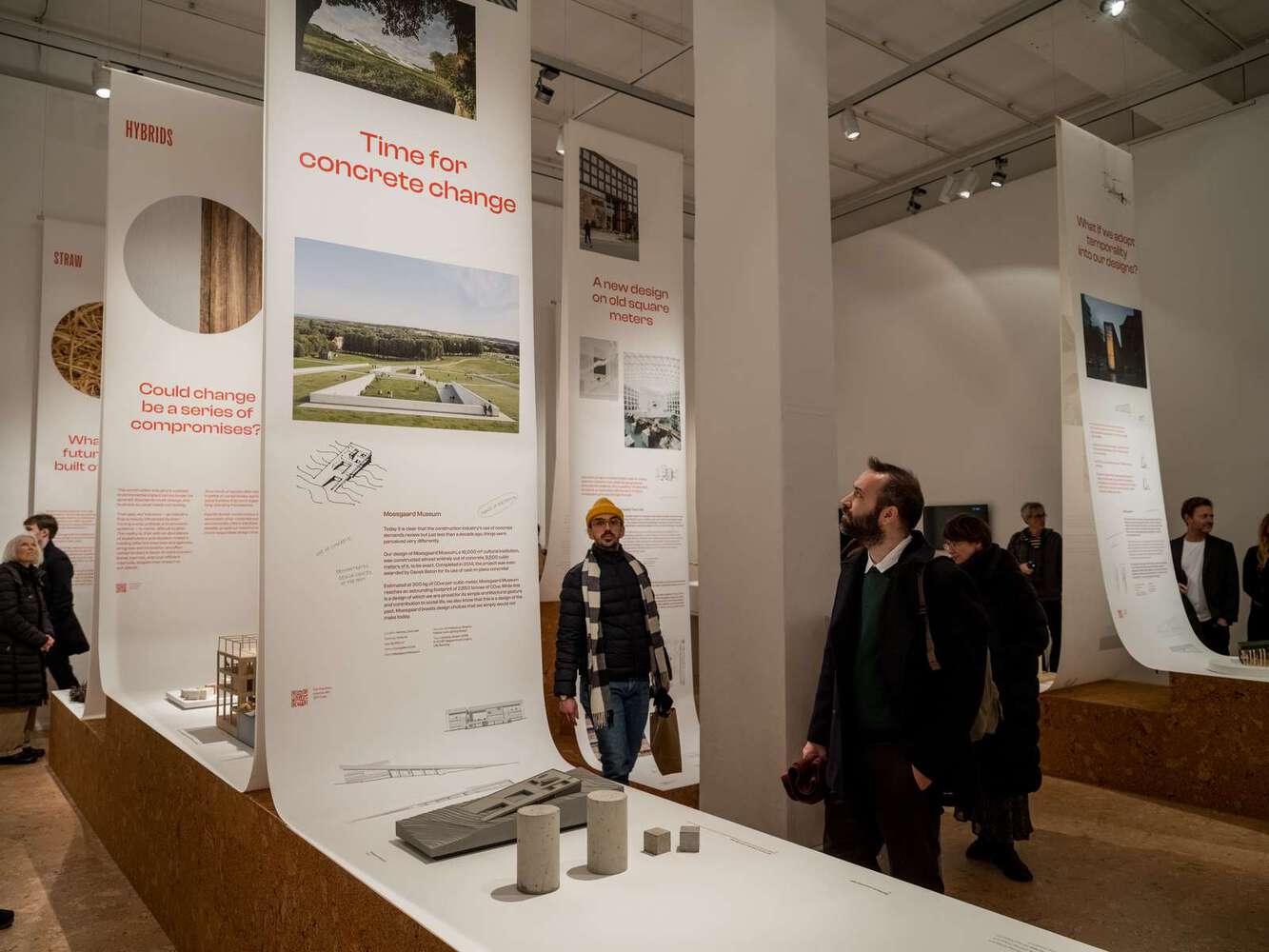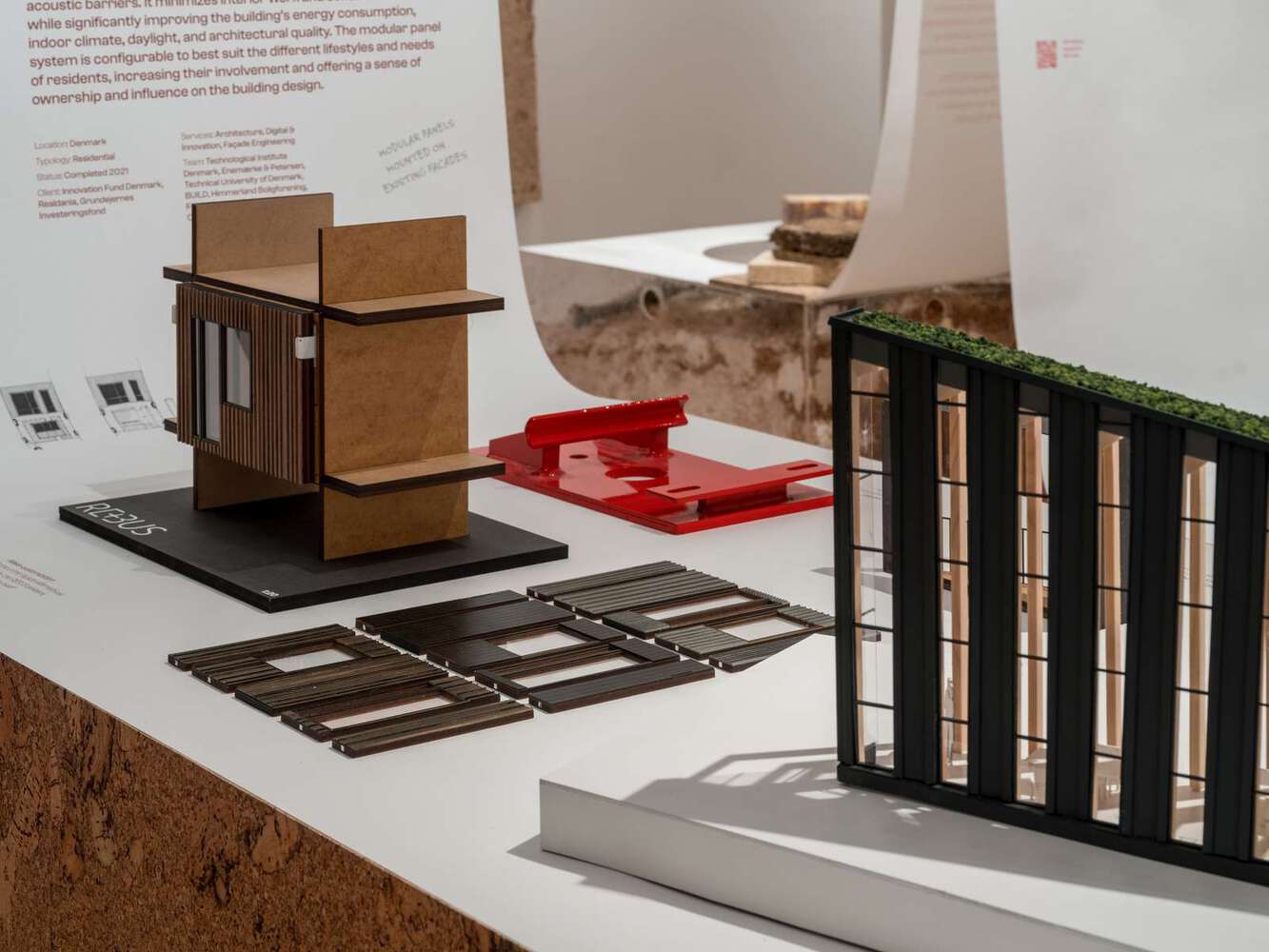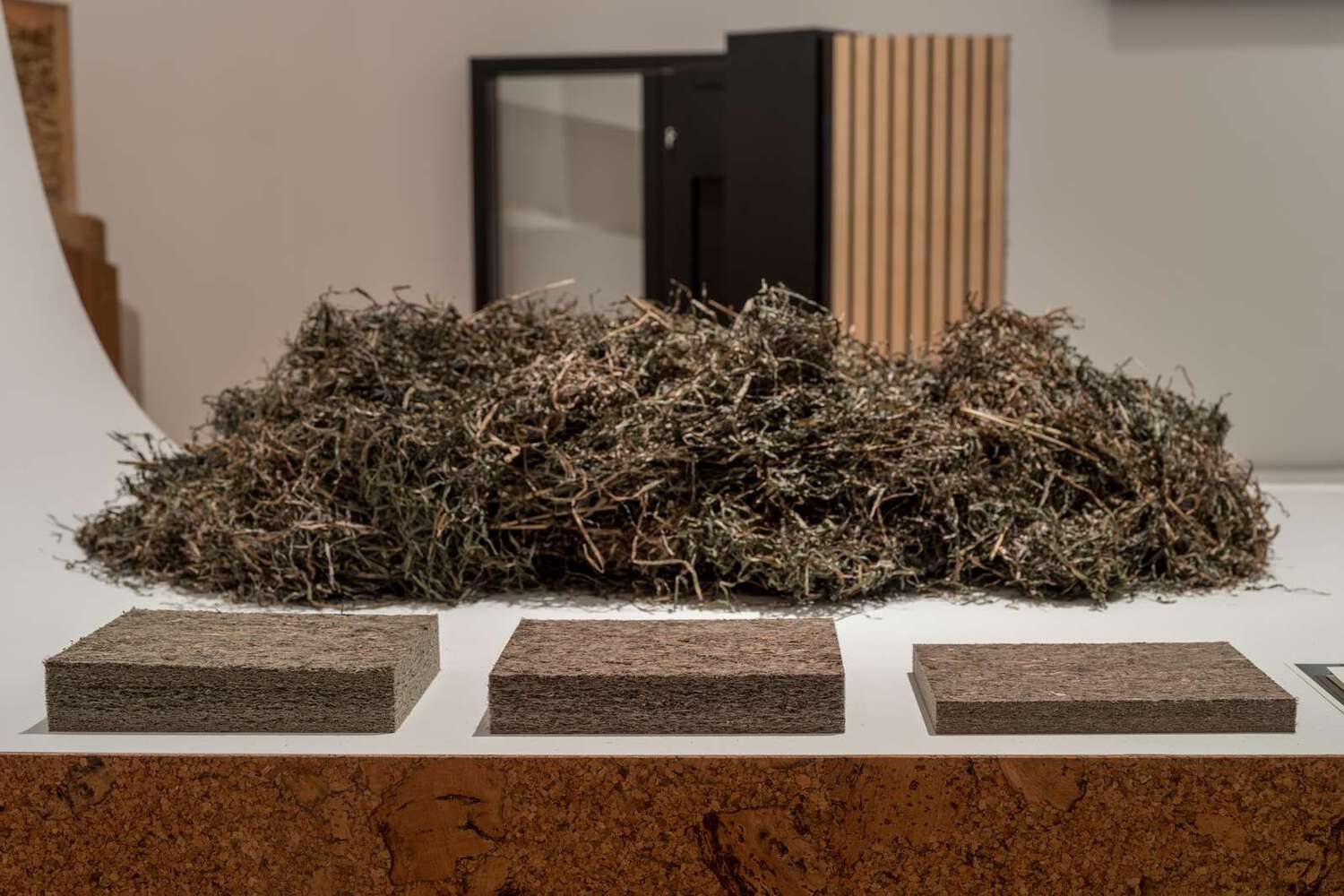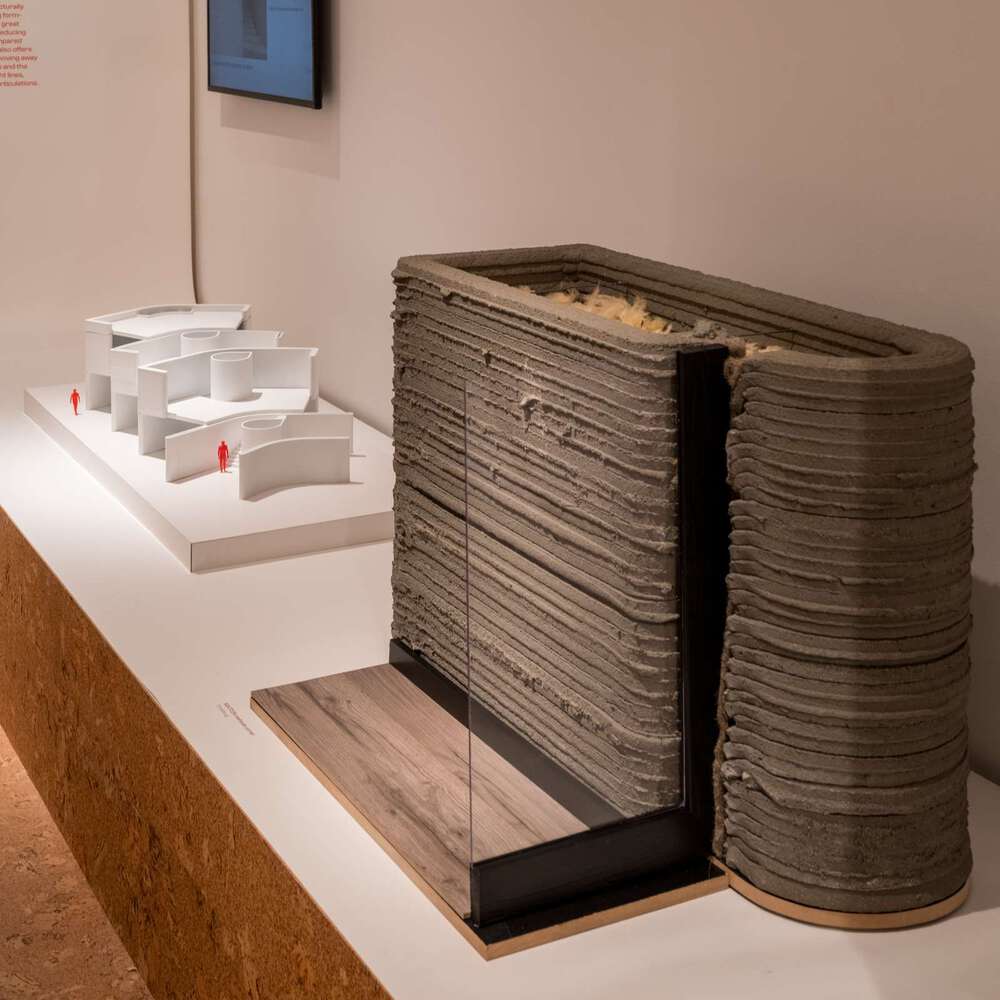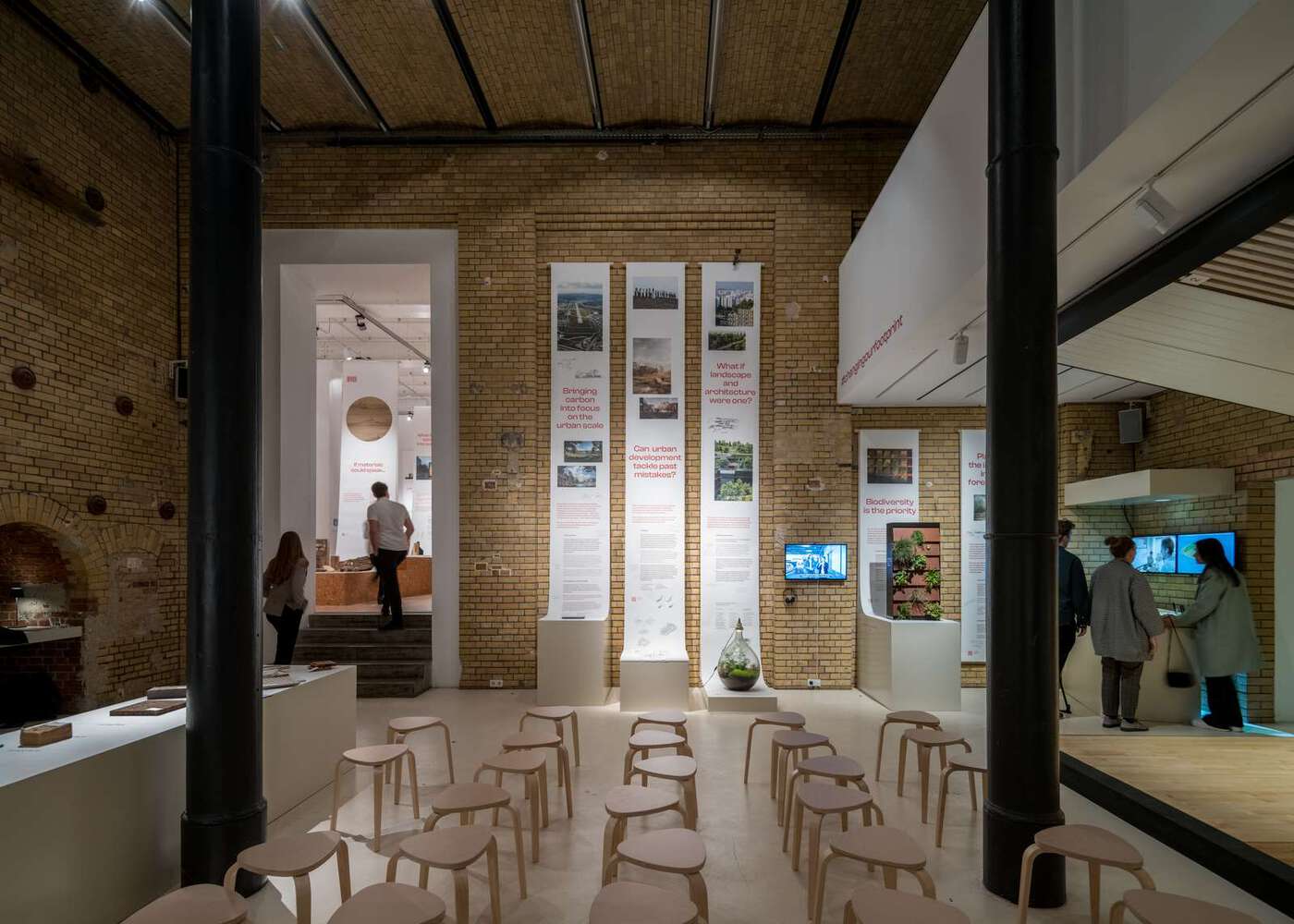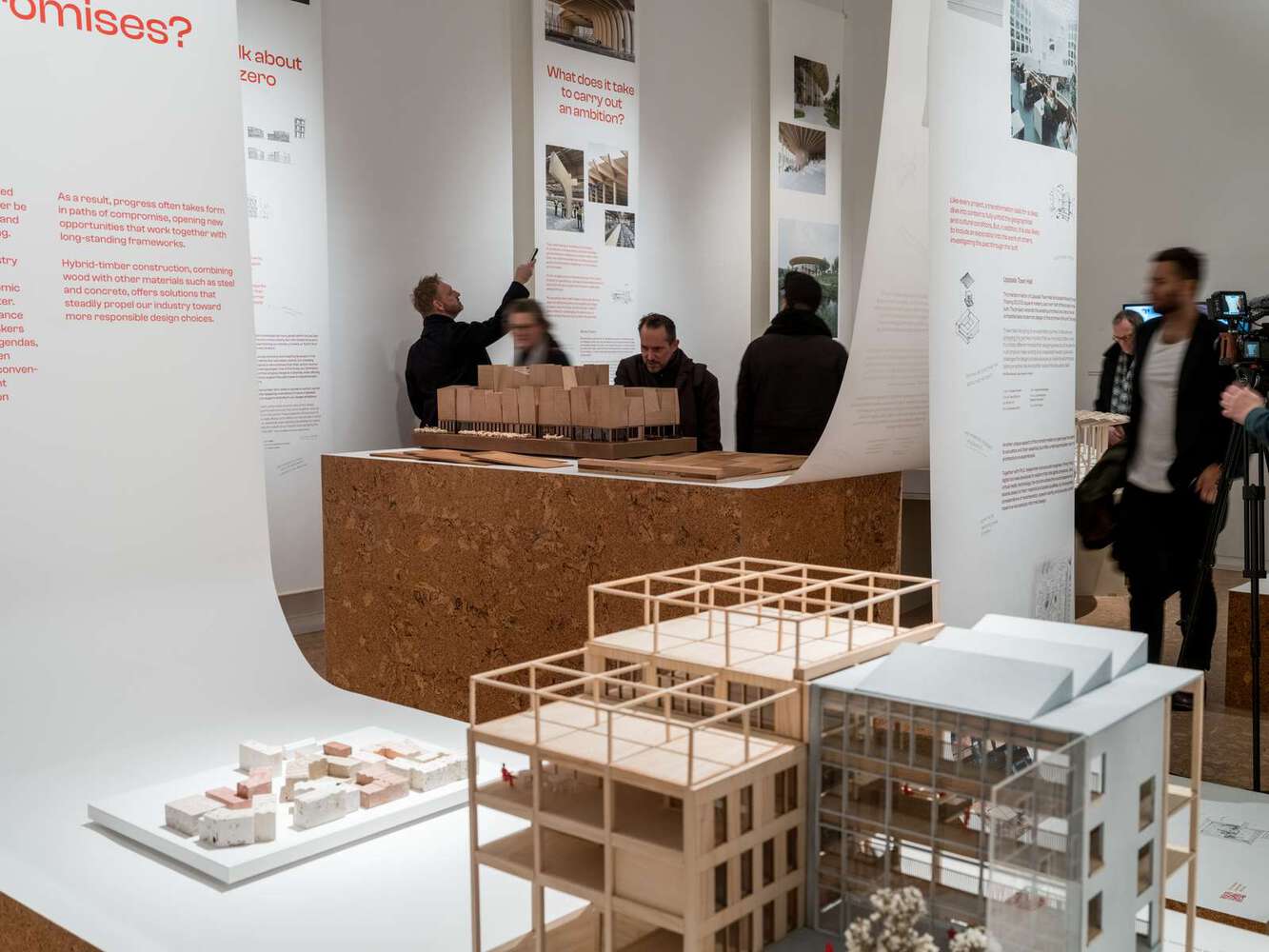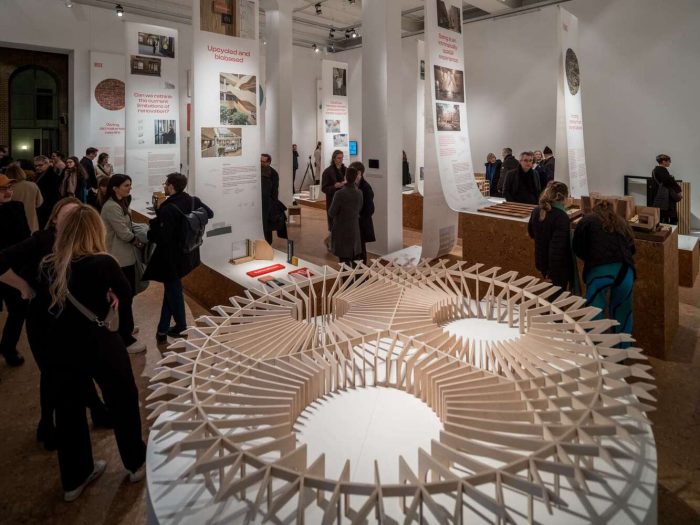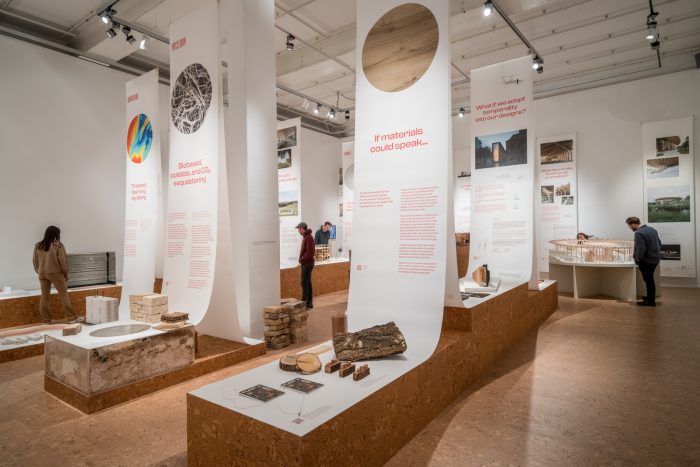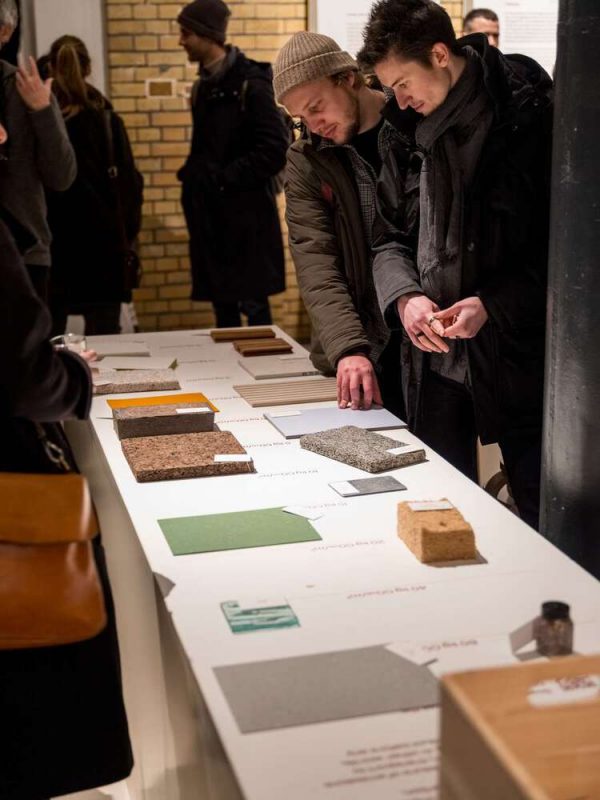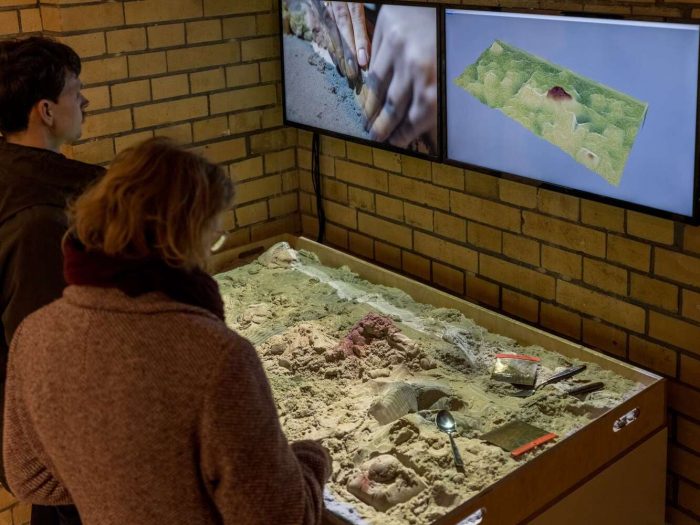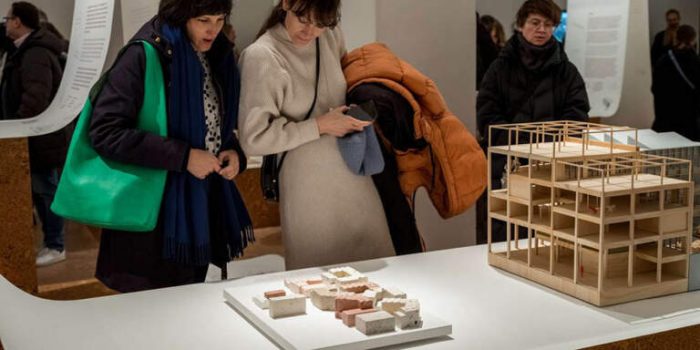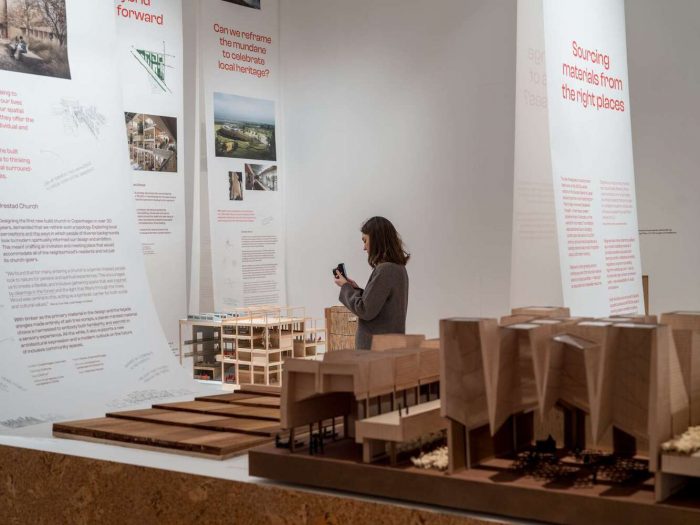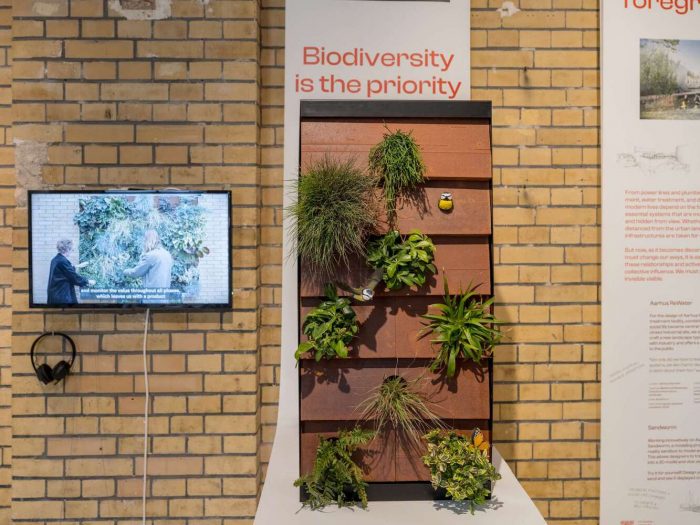Henning Larsen launches “Changing our footprint,” a thought-provoking and exploratory exhibition at Berlin’s Aedes Architecture Forum. Taking on the challenge of reducing the industry’s disproportionate environmental effect and global architectural practice.
The initiatives the office is building and the studies they are undertaking are featured in “Changing our footprint,” highlighting the small but feasible measures the office is attempting to progress towards a more desired future. The exhibit’s goal is to be an interactive experience that encourages visitors to have meaningful conversations, reflect on the effectiveness of the presented concepts, and submit challenging questions in the pursuit of improved results.
“The Henning Larsen firm has been around for quite some time. Our company was established on a pledge to educate others and a thirst for knowledge. As per Louis Becker’s words, Henning Larsen’s Global Design Principal, “this exhibition is our commitment to being honest and inclusive.”
Changing Our Footprint
The exhibition is split into two sections, “Share and Explore,” to facilitate the exchange of information and introduce visitors to innovative techniques and biobased materials used in the construction industry.
The shown works, which include projects, materials, and lessons learned, are not intended to be the ultimate answer but instead a reaction to the problems now being asked in the industry, which will change and adapt as creative approaches are sought.
Changing Our Footprint’s “Share Room”
The “Share room” briefly introduces the basics of calculating embodied CO2 for construction supplies. To better comprehend the materials used in the construction industry and their impact, the “Unboxing Carbon” exhibit encouraged guests to enter a carbon box.
The “unboxing carbon” workshop allows attendees to collaborate and share ideas by organizing the displayed materials from best to worst on a giant interactive table.
Changing Our Footprint’s “Explore Room”
Nearby, in the ‘Explore’ room, guests are encouraged to critically evaluate the progress made in using various bio-based materials in building and designing.
Straw-bale, mycelium, rammed earth, and low-carbon concrete will all be on display, as are innovative processes and technology like 3D printing and the Urban DeCarb app, which are meant to inspire confidence in the future of the building.
“We have been charging forward with our work, putting a premium on appearance, for quite some time now, but we are pausing to look back and reevaluate our methods. The fundamentals of our business are shifting as sustainability is becoming the primary design motivation. We still have much to discover and overcome as we work to reduce the industry’s massive harmful environmental impact.” Louis Becker, Henning Larsen’s Global Design Principal.
“The purpose of Changing our footprint is to kick off a conversation about a shift towards a new aesthetic in our architectural design, one in which we are more receptive to novel forms of expression and surface texture, and in which we are curious about and open to investigating new ways to minimize wasteful construction practices.
Finally, Henning Larsen’s Design Director, Nina la Cour Sel, remarked, “We also celebrate returning to the materials, textures, and practical experiences through the latest technological technology and techniques, which we feared would detach us from architecture.”
Between February 22 and March 14, in both German and English, the forum’s Leading experts and industry figures will discuss water management, adaptive reuse, biomass, and wood. They will then describe the problems, discuss possible solutions, and share new developments.
The stage is a physical representation of Henning Larsen’s overarching goal of “changing our footprint” and making the world more responsible and enlightening. The stage is constructed from various prefabricated floor, wall, and ceiling elements. It displays them in order of their Global Warming Potential or the number of carbon emissions produced throughout their manufacturing stages. The exhibition is now accessible to the public and will be on display until March 22.
